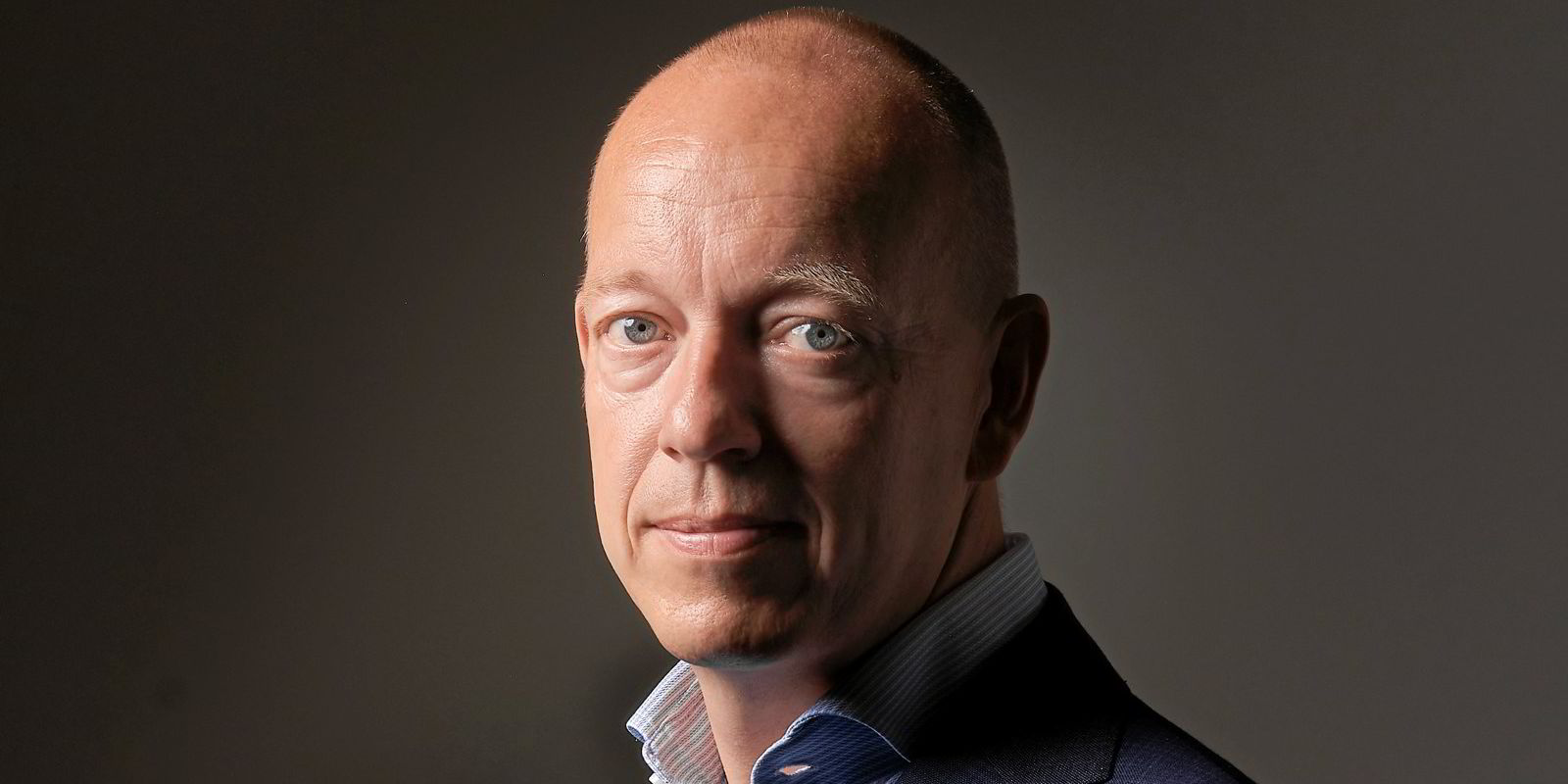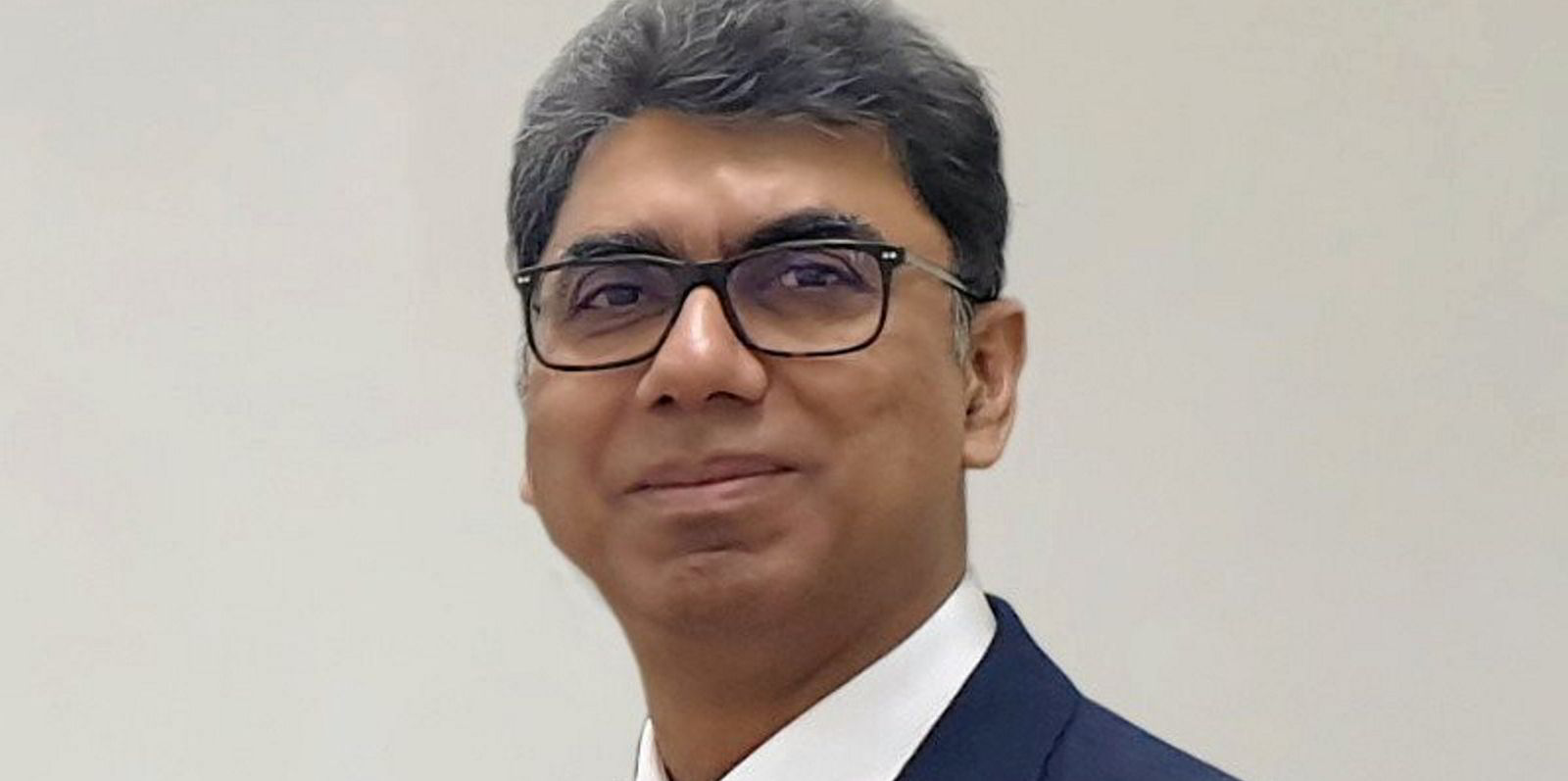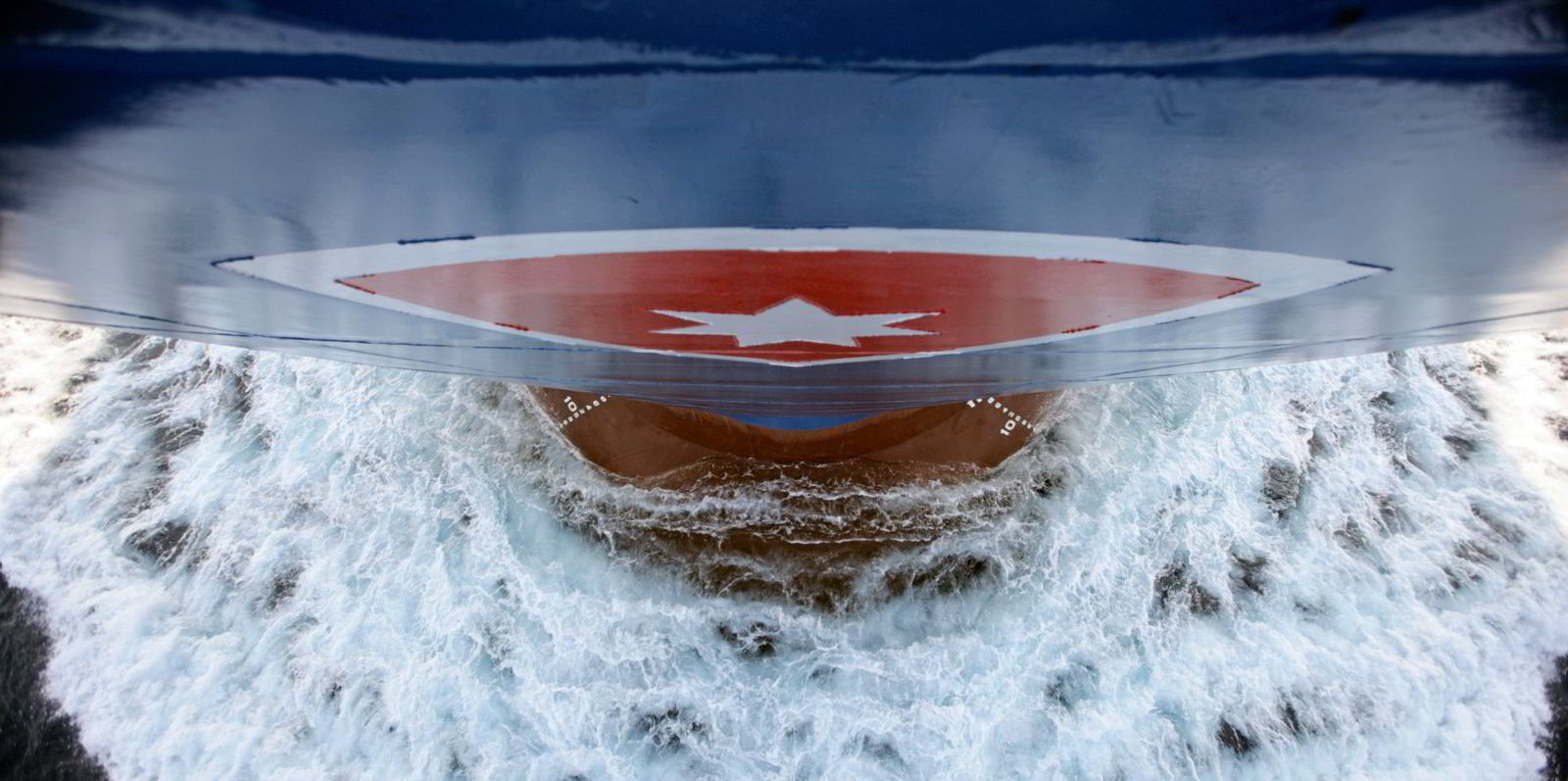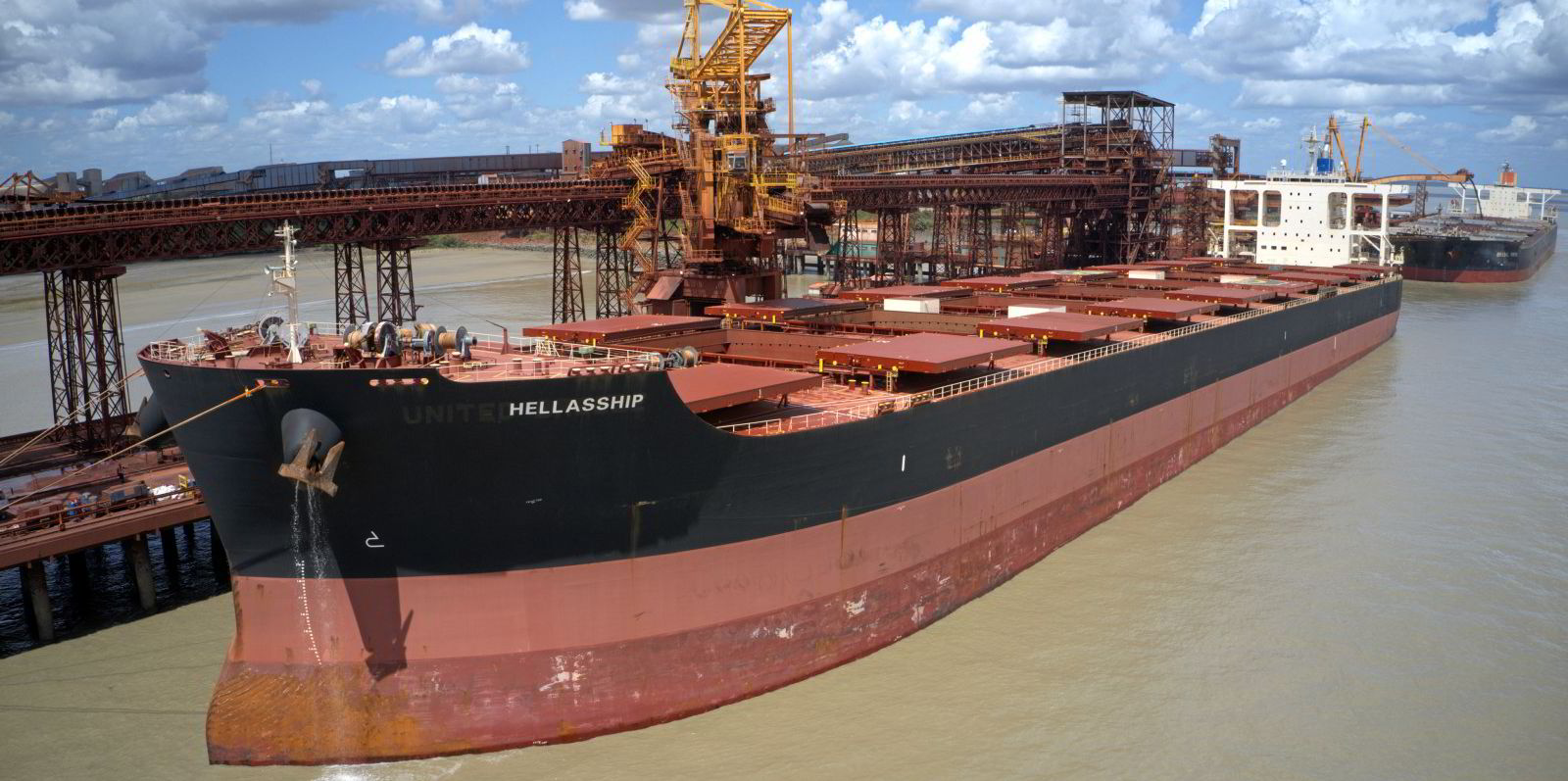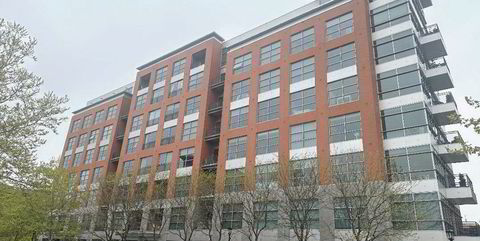Norden chief executive Jan Rindbo is happy to consider stretching his company’s tanker reach, safe in the knowledge he has built a business model capable of reacting quickly to geopolitical upheaval.
The owner-operator has 500 vessels in wet and dry markets but does not split operations into two separate silos.
“Clearly we have experts in the two teams,” he told TradeWinds.
“But in terms of the overall managing of our market views and market exposure, we quite actively shift between dry cargo and tankers, which was one of the drivers behind our good results in recent years,” Rindbo said.
Norden had been quite heavily dry cargo-focused before the Ukraine war, but had been building its tanker capacity, the CEO explained.
This paid off as tanker markets boomed on Russian export disruption. Its partners in tankers and bulkers are increasingly shared.
Rindbo gives the example of its leased Japanese tonnage coming from largely the same owners.
There are about 20 owned vessels, 80 on lease and the rest chartered in or operated through pools.
Staying flexible
Even then, the group’s market share is probably only around 3%, the CEO told TradeWinds.
“And we’re one of the largest operators. So there’s a long way to having any kind of influence. We are happy market participants,” Rindbo said.
“There are periods where you want to invest more on tanker exposure, and likewise other periods where you want to invest more on dry cargo,” he added.
“So actually having those two legs I think is part of the success of Norden, also over longer periods. It actually provides stability.”
The CEO said the company gets it wrong sometimes but can react quickly due to its short-term charters.
“You stay nimble and adaptable. So even if we make a wrong decision, it’s never a critical decision for the company,” the CEO said.
“That has become a more important feature with all the different events that are happening, whether it’s Covid or Red Sea or Panama Canal,” he added.
In the last year, Norden has moved into project cargo through its acquisition of Thorco Projects, and into capesizes through charters and purchases.
“It means that we have the full spectrum now, the full range of cargo sizes,” Rindbo told TradeWinds.
Bulker and tanker ambitions
The ambition is to operate a fleet of 20 to 25 capesizes, and the CEO says the company is about halfway there.
Through its pools, Norden operates handysize and MR tankers.
“But also here we have an open view on LR tankers as well. Actually there we also, in our mindset at least, have decided to think about having the full range. But we’ve not done anything yet because tankers are in an expensive place right now,” Rindbo said.
“I think it will be a natural expansion for us at some point. But it’s not part of our decided strategy — we have not put a date on it. But that would ensure that we have a full range in the product [sector],” the boss added.
Rindbo explained the company does not want to talk too much about expansion if it is not ready to make a move.
“We’re the type of company that likes to talk about it when we do it. It’s fair to say we keep an open mind to it,” the CEO said.
“Our strategy years ago, before the trade wars, we wanted to build a model that could respond more quickly to these market changes. That has been extremely useful in the timing — with hindsight — without knowing what would come,” Rindbo concluded.
